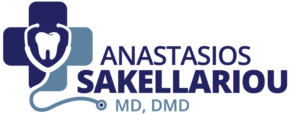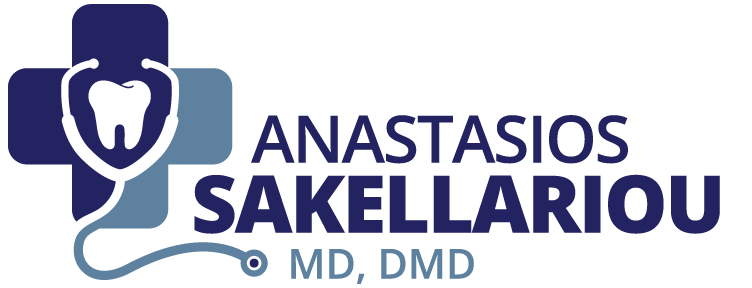For Patients
Yes. As a board certified physician anesthesiologist, having administered thousands of anesthetics in major academic centers, patient safety is my passion. I bring all the necessary OR equipment and medications to the dental office to provide a safe and smooth anesthetic.
Intravenous Sedation: It is most appropriate for adult patients with anxiety and dental phobia (fear of the dentist) or cooperative children (usually more than 10 years of age). There are different levels of sedation that can be administered, from minimal to deep, depending on the patient and the procedure. In this type of anesthesia, there is no placement of a breathing tube.
General Anesthesia: It ensures complete lack of consciousness. After the induction of anesthesia with a mask (younger children) or with IV medications (older children or adults), a breathing tube is usually placed. The tube is removed at the end of the procedure.
In all types of anesthesia, I will be next to the patient at all times to ensure comfort and lack of pain. I will also monitor the heart rate, blood pressure, breathing and other vital signs to make sure they are stable.
There are multiple ways depending on the level of cooperation:
- IV: This the most common method for cooperative patients without needle phobia. An intravenous catheter is placed, usually in the arm, and the medications are administered through it.
- Mask: This method is usually employed for children up to 10 years old and patients with needle phobia. I tell young patients to breathe the anesthetic gas with the help of a scented mask (usually bubble gum or strawberry). They are fast asleep and then I place the IV. It is painless and they don’t feel the needle. For adult patients with needle phobia I use laughing gas that can make them feel very comfortable prior to the IV placement.
- Muscle injection (intramuscular): This is reserved for the patients who cannot cooperate. A medication is quickly given in the muscle of the upper arm. This makes them sleepy enough for an IV to be placed so complete anesthesia can be achieved.
- Oral sedatives: relaxing medication can be given through the mouth and wait until their desired effect. This usually takes more time. Then, an IV is placed and the primary anesthetic can be given.
Call us at 617-383-4448 so we can explain the process to you and answer any questions. If your dentist doesn’t have the appropriate anesthesia permit, we can refer you to one of our affiliated doctors.
It is very important for the safety of the patients that they fast from food and drinks for 8 hours prior to the procedure. They can have clear drinks such as water, black coffee, tea without milk or sugar up to 2 hours before the procedure. No smoothies or juices with pulp are allowed.
The patients should wear light clothes (like a T-shirt and joggers) so the placement of monitors (blood pressure cuff for example) is easy.

